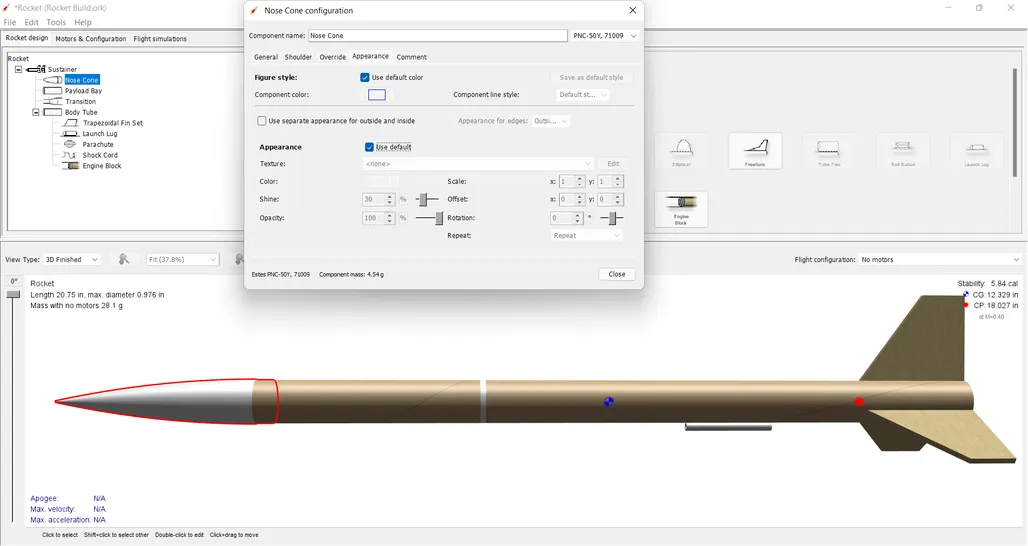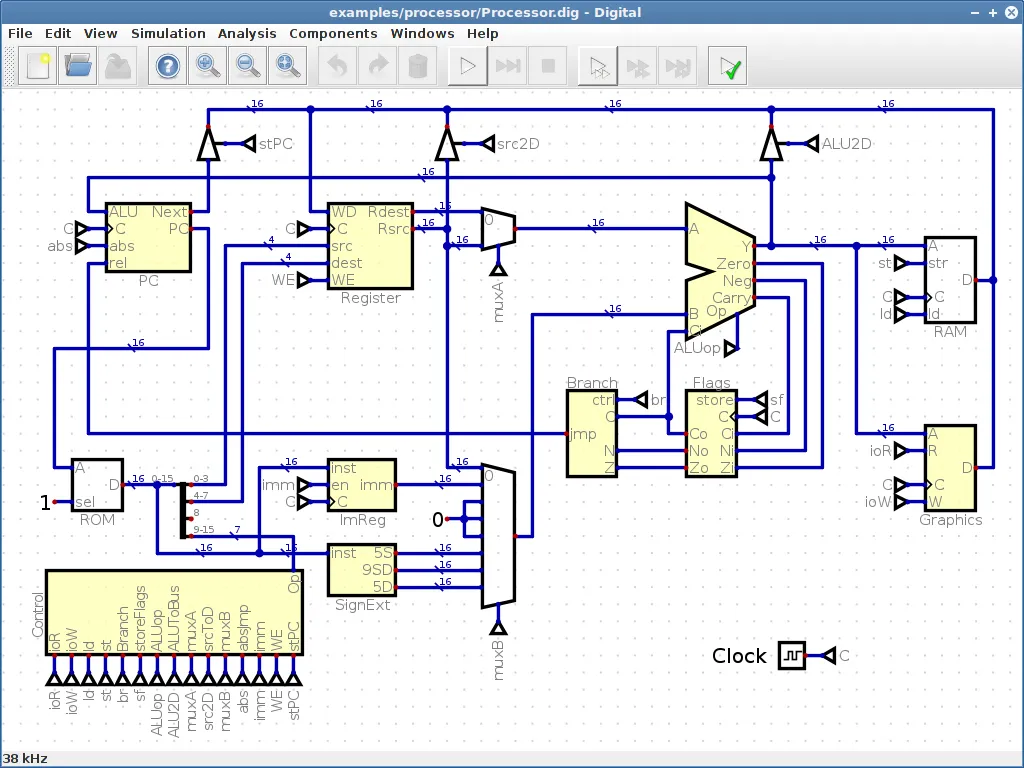Unleashing the Power of Ubuntu: A Beginner’s Guide to Reverse Engineering
Greetings, fellow tech enthusiasts! Today, we embark on an exciting journey into the world of reverse engineering using the powerful Ubuntu operating system. Reverse engineering allows us to understand and modify software and hardware systems, making it an indispensable skill for those who wish to delve into the depths of technology. In this blog post, we will explore the essential packages related to reverse engineering, discuss learning strategies, and provide some valuable tips for beginners.
- Essential Packages for Reverse Engineering:
To begin our reverse engineering adventure on Ubuntu, we need to equip ourselves with the right tools. Here are some essential packages that you should consider installing:
a) Radare2: This versatile framework offers a wide array of tools for reverse engineering, such as disassembling, debugging, analyzing binaries, and much more. Install it on Ubuntu using the package manager with the command: sudo apt-get install radare2.
b) GDB (GNU Debugger): GDB is a powerful tool for debugging programs. It allows you to step through code, examine memory, and analyze runtime behavior. Install it by running: sudo apt-get install gdb.
c) IDA Pro: Although IDA Pro is a commercial tool, a free version called IDA Free is available for Linux. It provides a comprehensive disassembly and debugging environment, making it an excellent choice for advanced reverse engineering tasks.
d) Wireshark: This network protocol analyzer is a valuable asset when reverse engineering network communications. Use the command: sudo apt-get install wireshark to install it.
- Learning Reverse Engineering:
Now that we have the necessary tools, let’s dive into the process of learning reverse engineering on Ubuntu. Here are some effective strategies:
a) Online Resources: The internet is a treasure trove of knowledge. Websites like Reverse Engineering for Beginners (https://beginners.re/) and the Reverse Engineering subreddit (https://www.reddit.com/r/ReverseEngineering/) provide valuable tutorials, articles, and forums to help you get started.
b) Books and Documentation: Books like “Practical Reverse Engineering” by Bruce Dang, Alexandre Gazet, and Elias Bachaalany offer comprehensive insights into the theory and practice of reverse engineering. Additionally, official documentation for tools like Radare2 and GDB can be a valuable resource.
c) Practice, Practice, Practice: Reverse engineering is a hands-on skill. Engage in practical exercises by attempting crackmes (small programs designed for reverse engineering practice) or analyzing open-source projects. Joining Capture The Flag (CTF) competitions can also provide valuable experience.
- Tips for Beginners:
As a beginner, it’s essential to approach reverse engineering with patience and a methodical mindset. Here are some tips to help you navigate this fascinating domain:
a) Start Small: Begin with simple programs and gradually work your way up to more complex ones. This will allow you to build a solid foundation of knowledge and skills.
b) Analyze Open-Source Projects: Studying open-source software provides an opportunity to explore how programs are built, understand their inner workings, and practice reverse engineering techniques.
c) Join the Community: Engage with the vibrant reverse engineering community. Participate in forums, attend conferences, and connect with like-minded individuals. Sharing knowledge and experiences can accelerate your learning journey.
d) Embrace the Documentation: Documentation for tools like Radare2 and GDB may seem overwhelming at first, but they hold the key to unlocking advanced reverse engineering techniques. Take the time to understand them and experiment with their features.
Congratulations on taking your first steps into the captivating world of reverse engineering on Ubuntu! By familiarizing yourself with essential packages, adopting effective learning strategies, and following our beginner’s tips, you are well on your way to mastering this exciting skill. Remember, patience and persistence are key, so keep exploring, keep learning, and unlock the extraordinary potential that reverse engineering offers. Happy hacking!






Post Comment